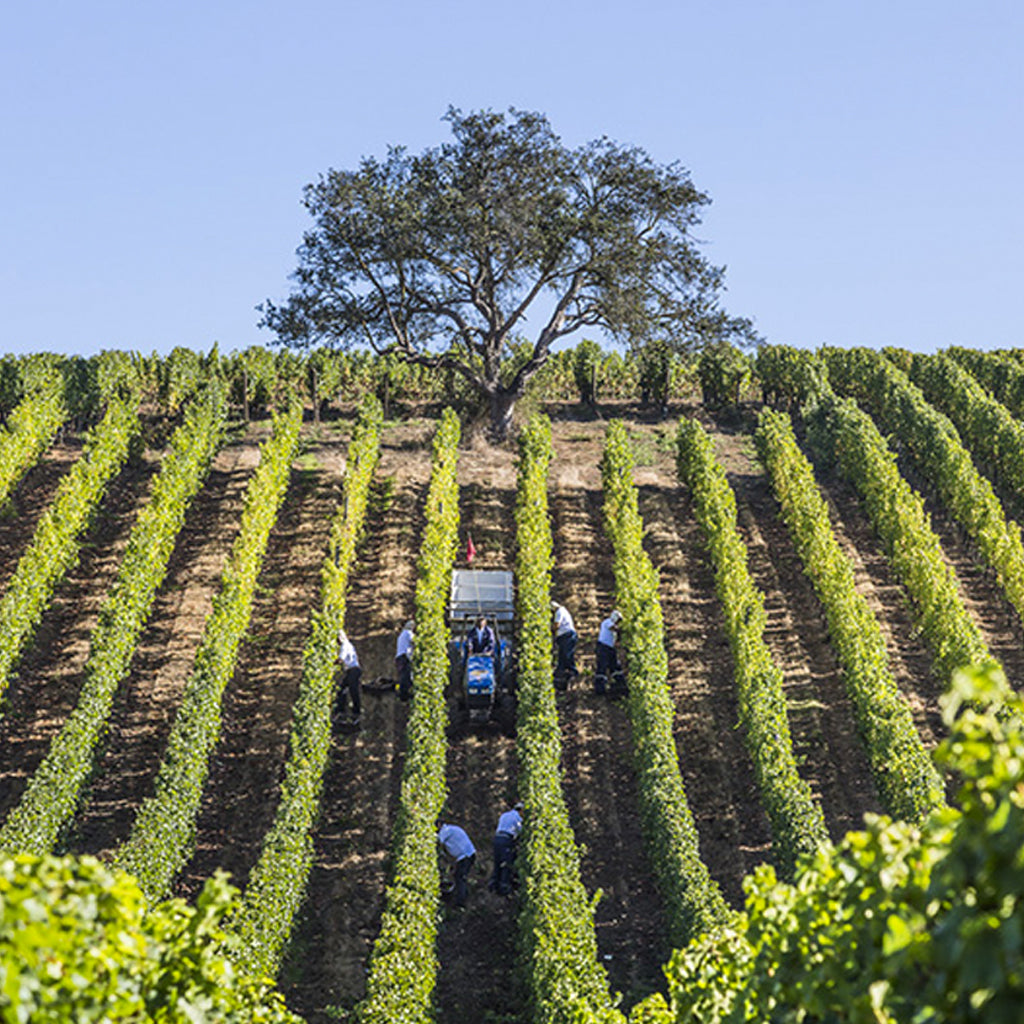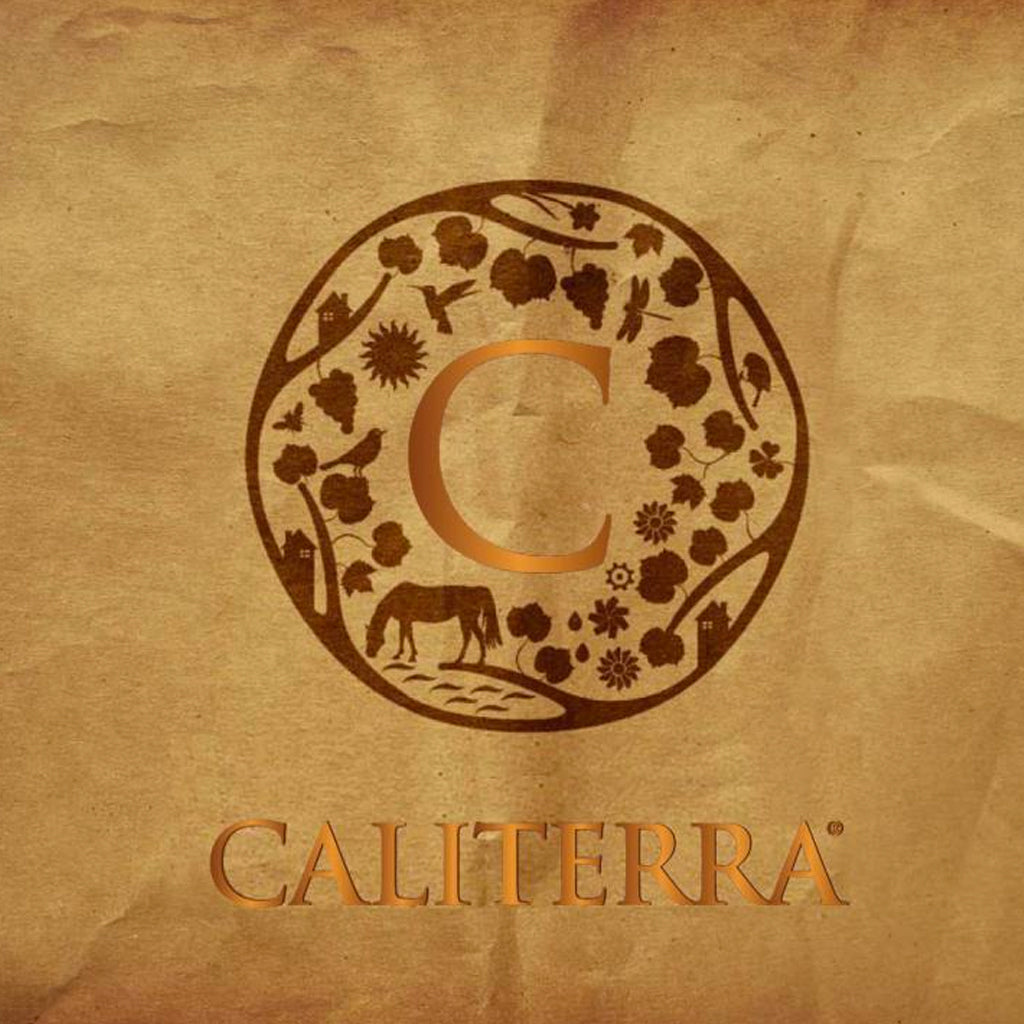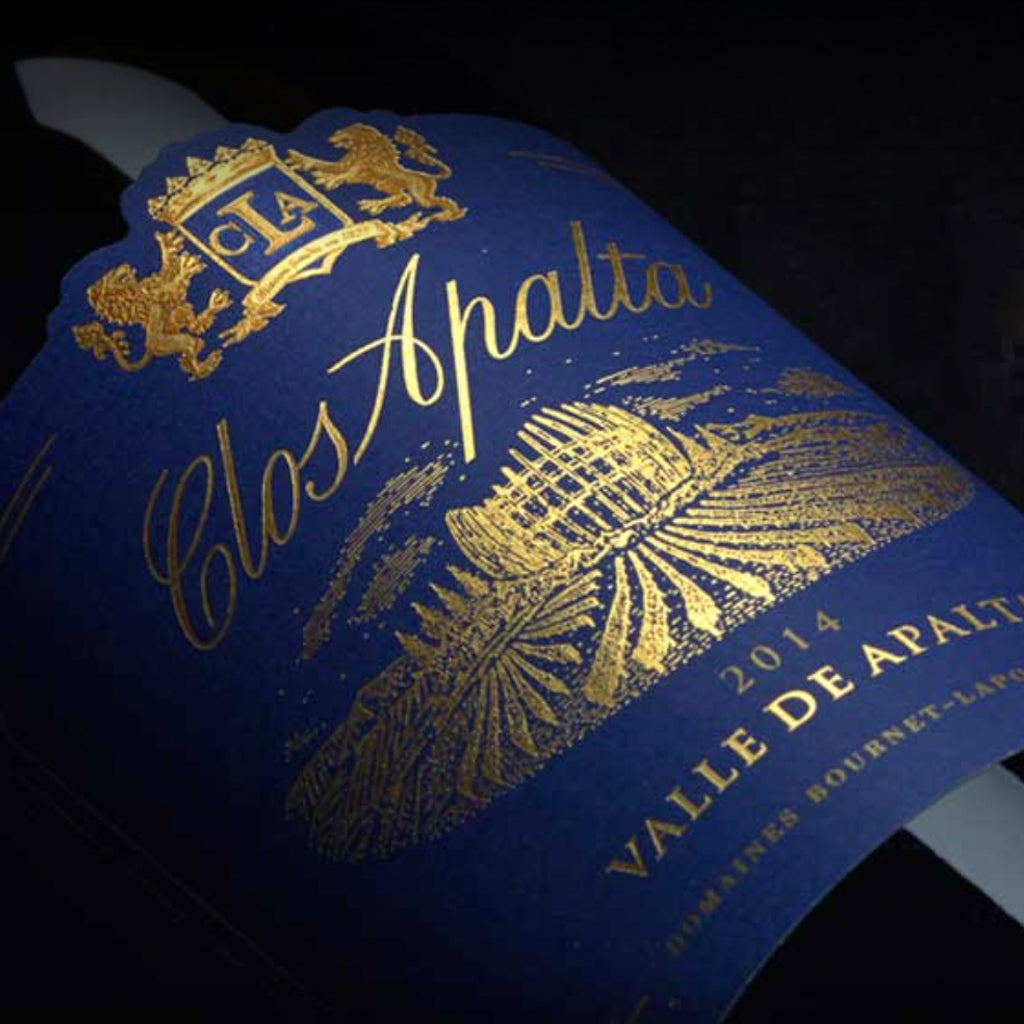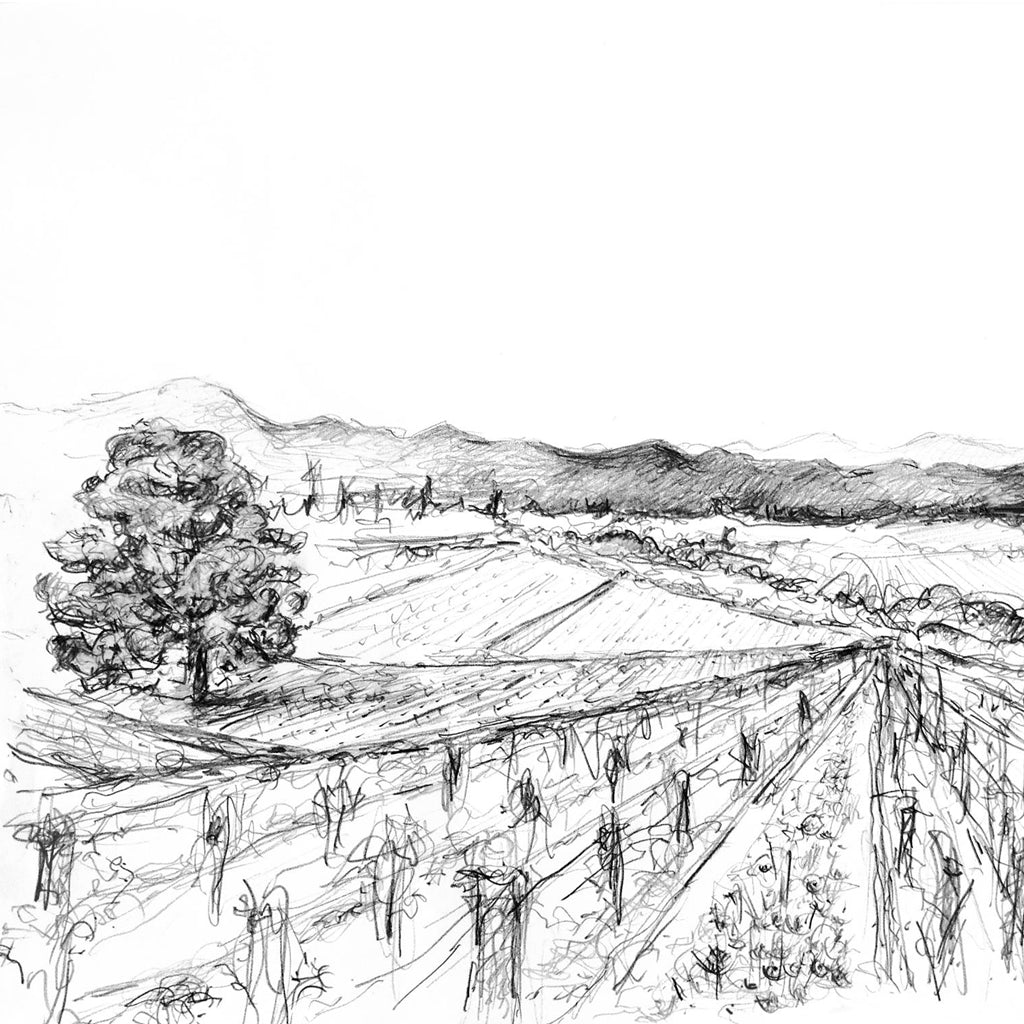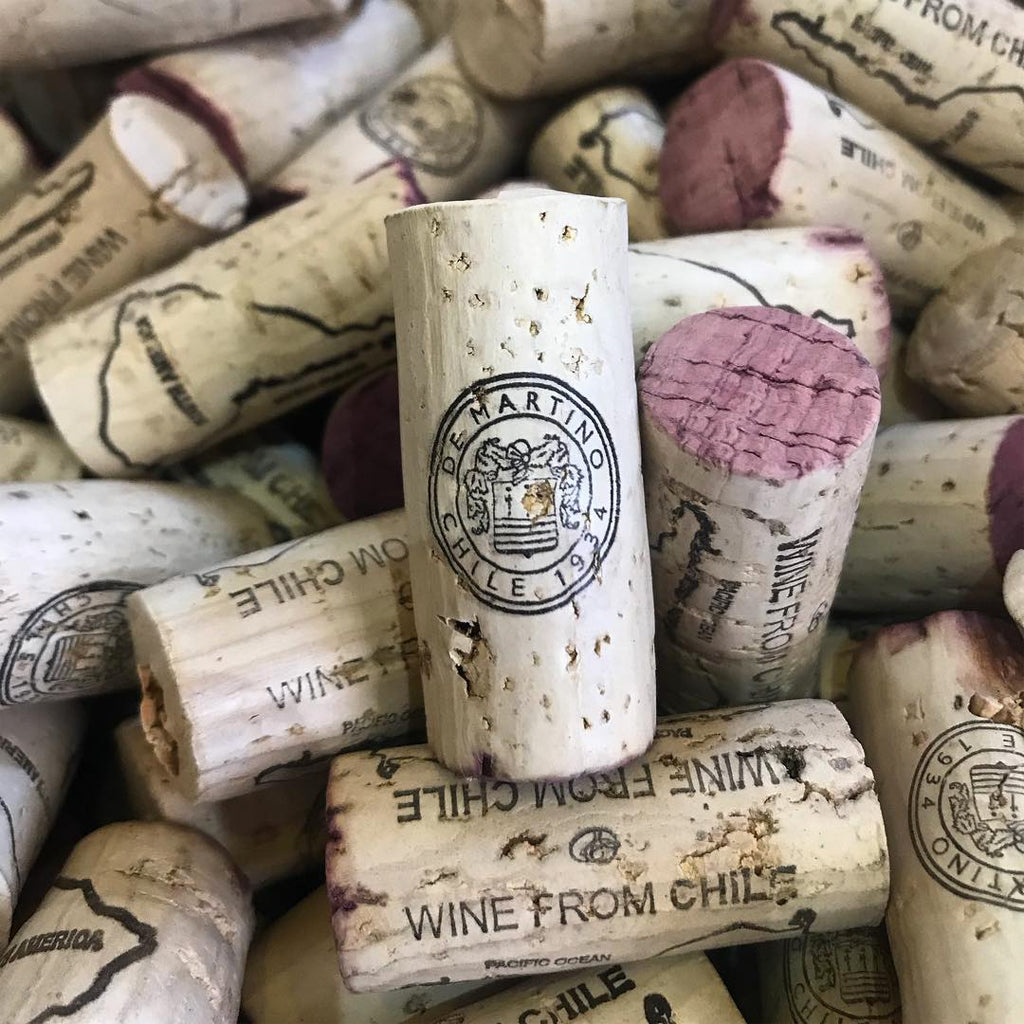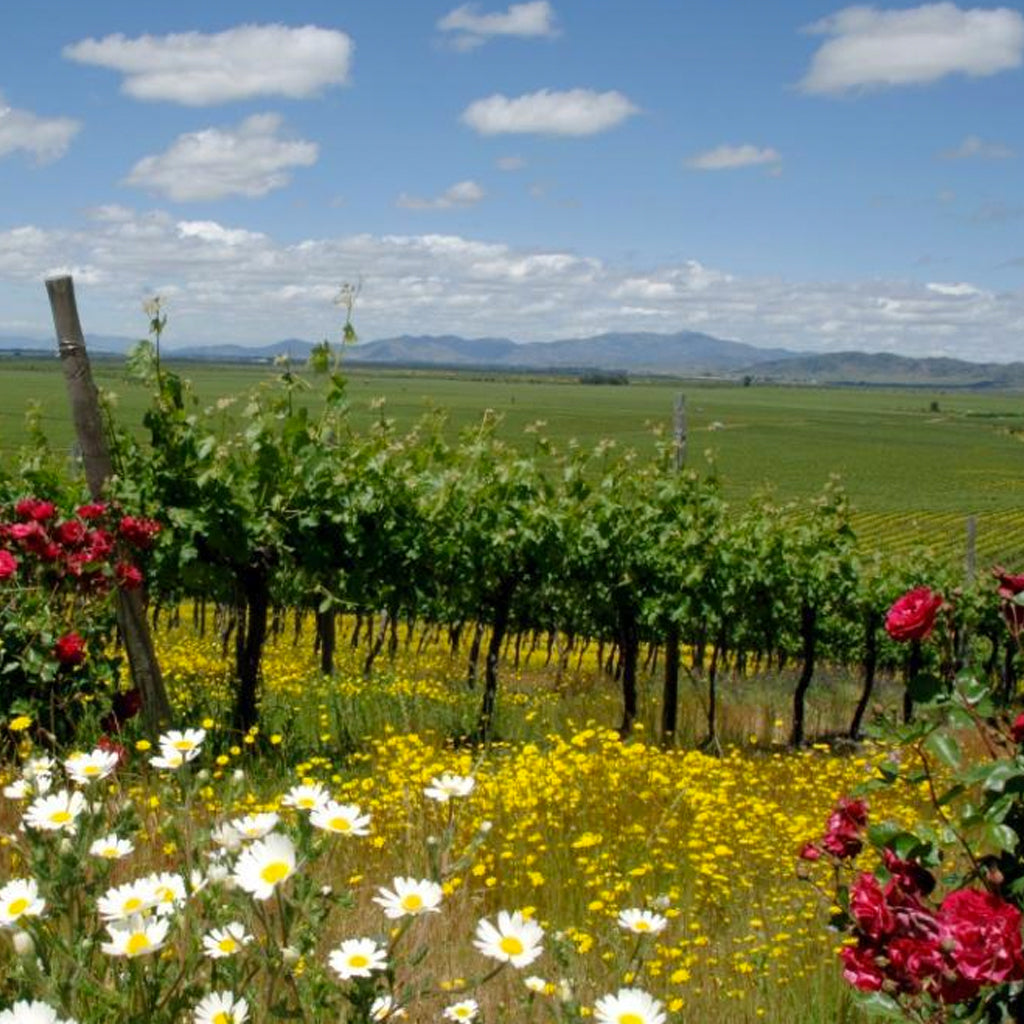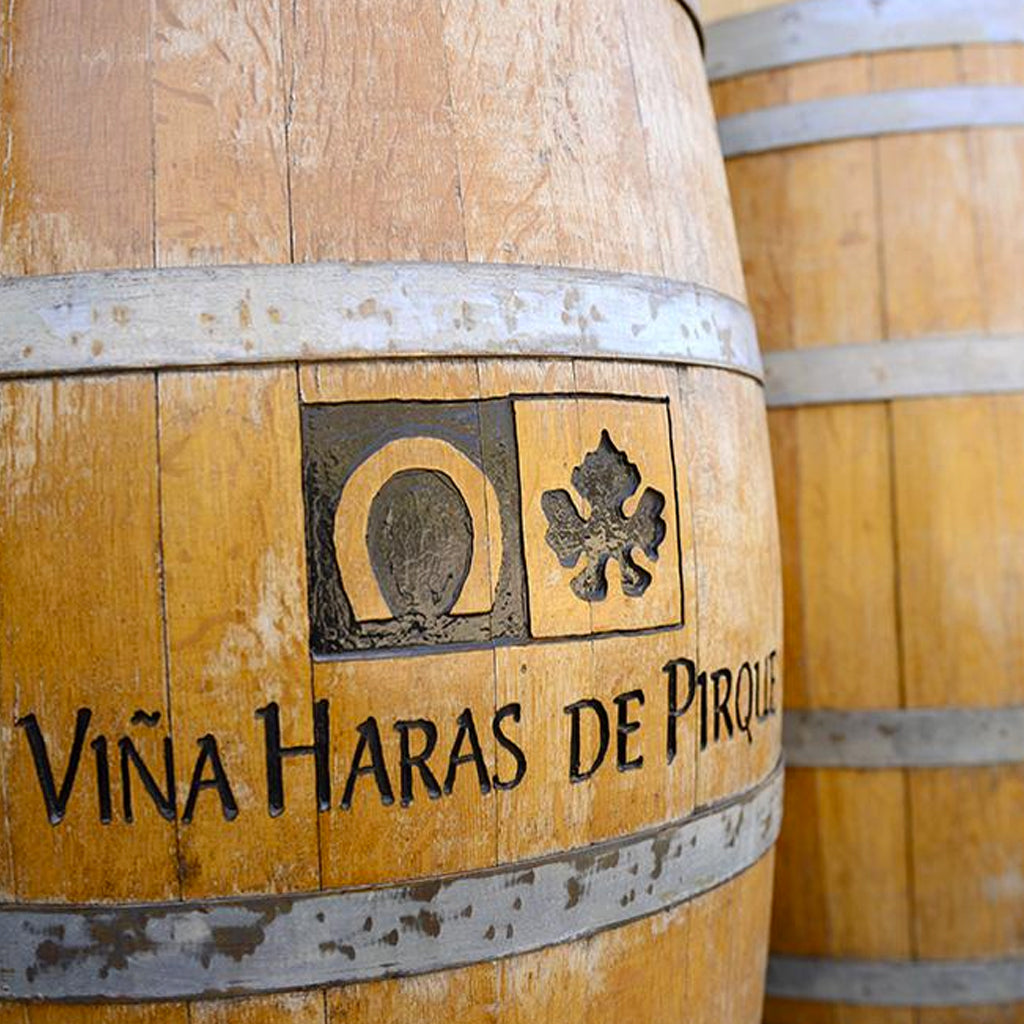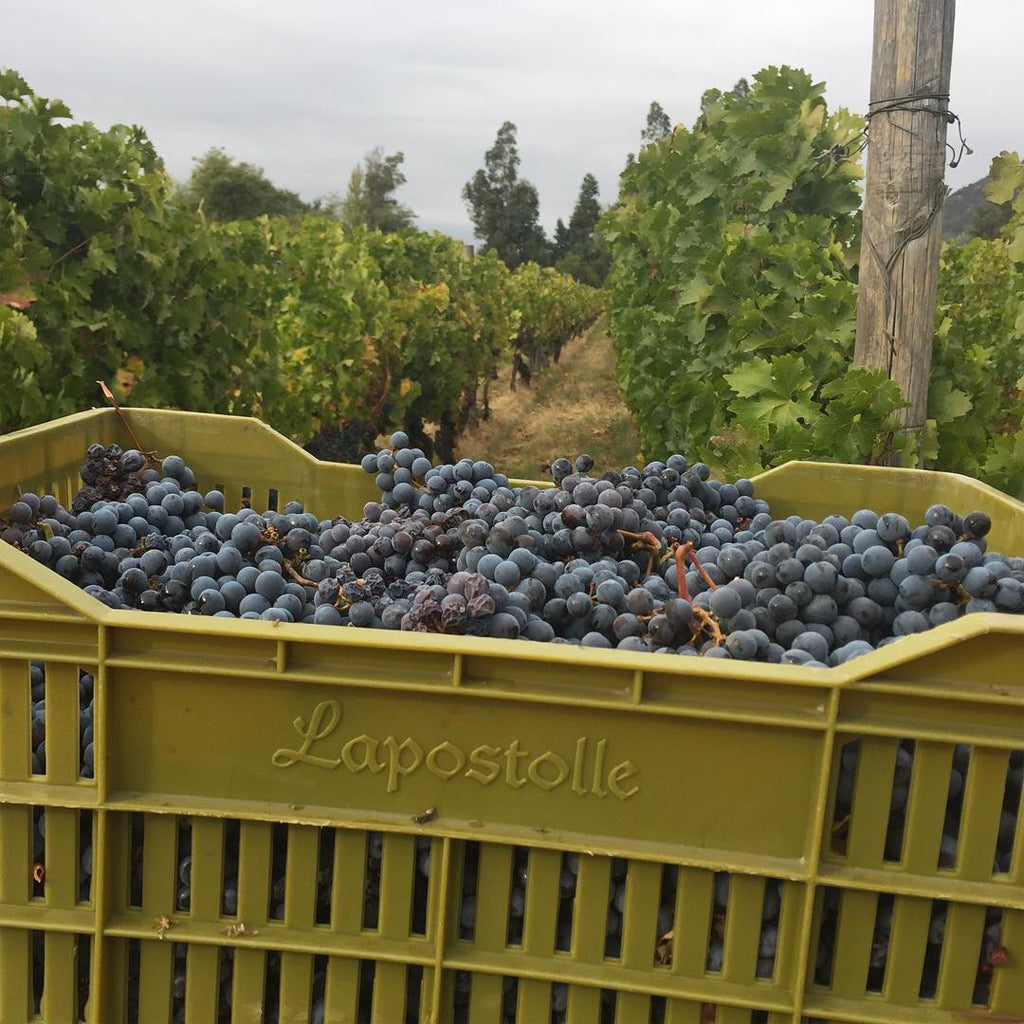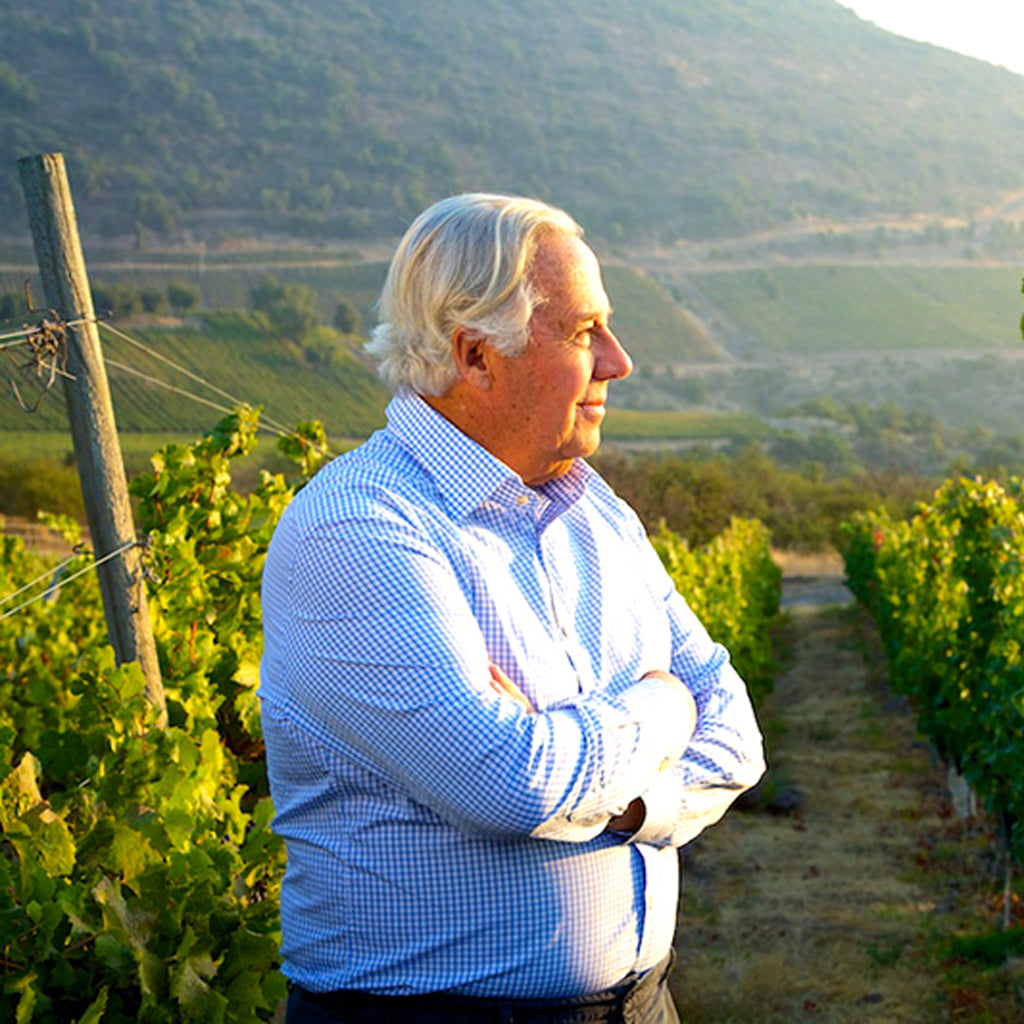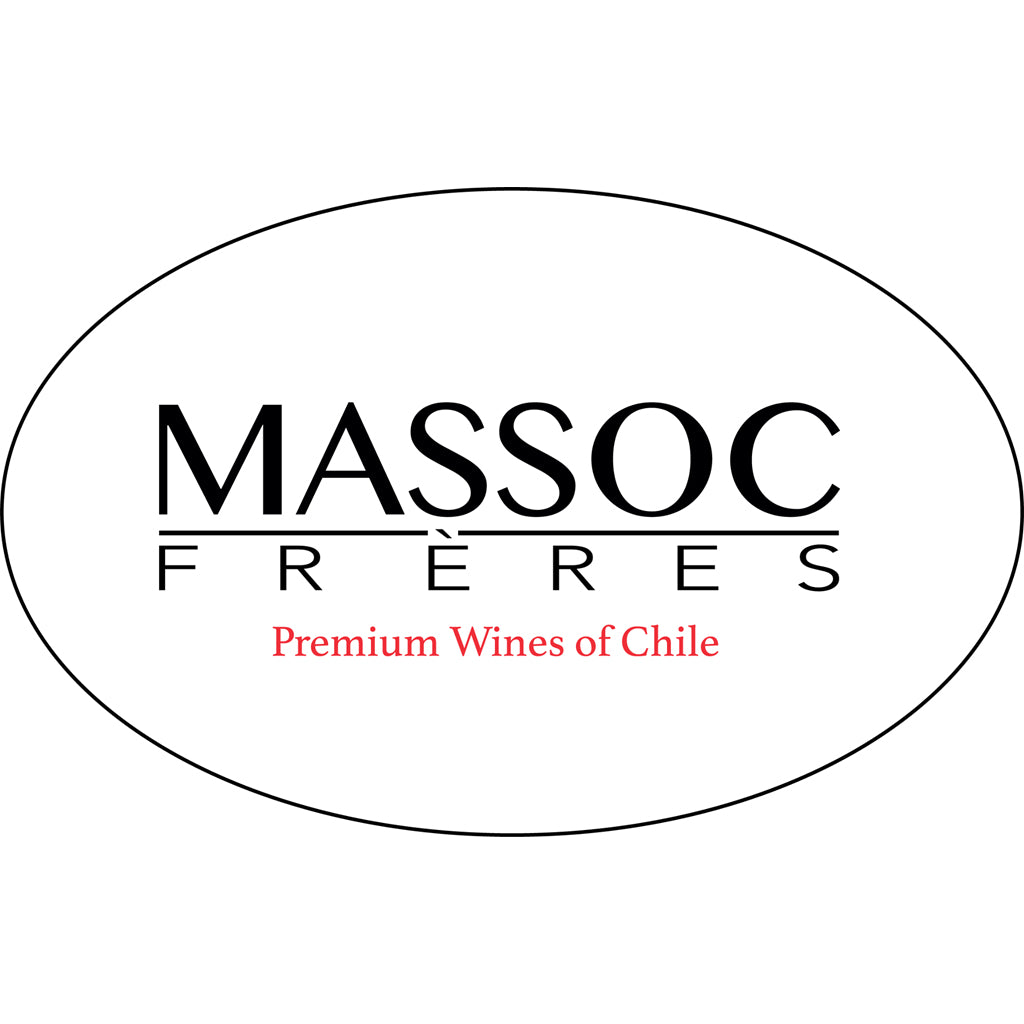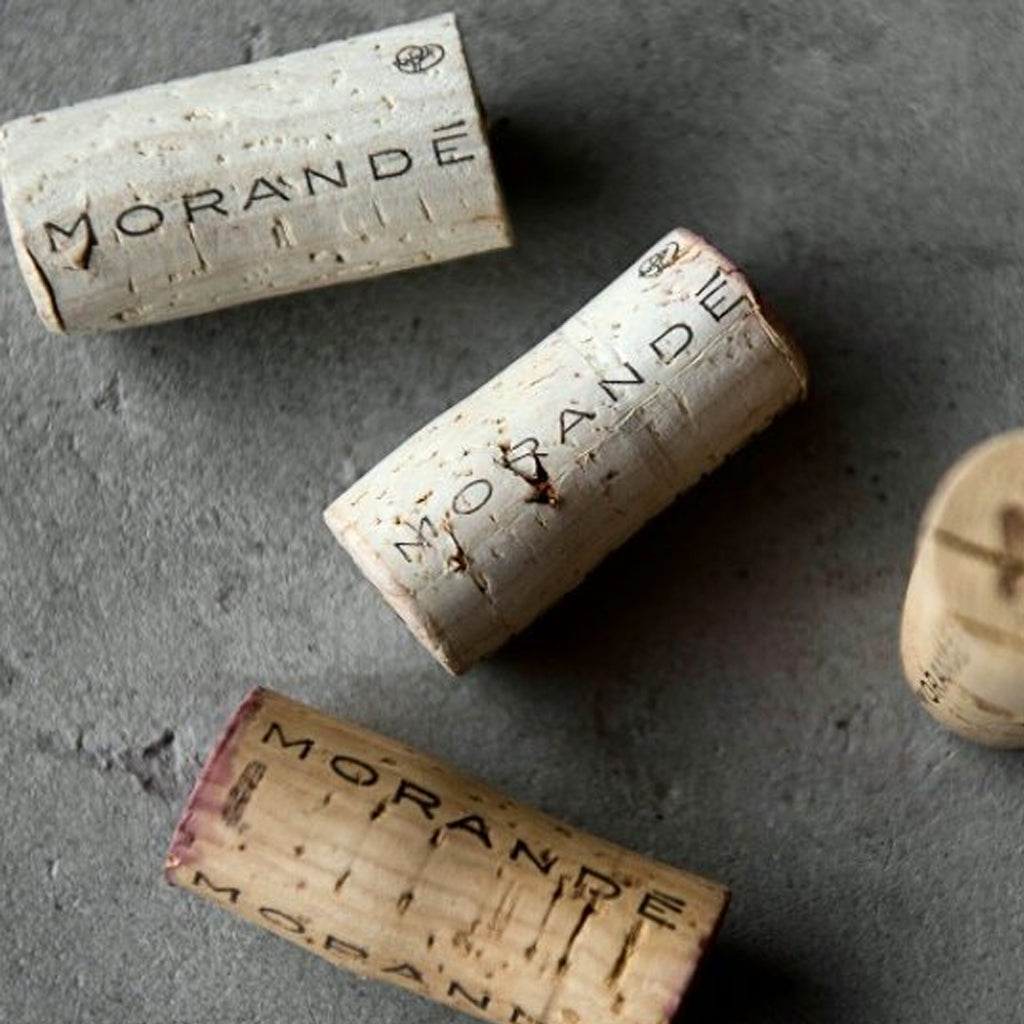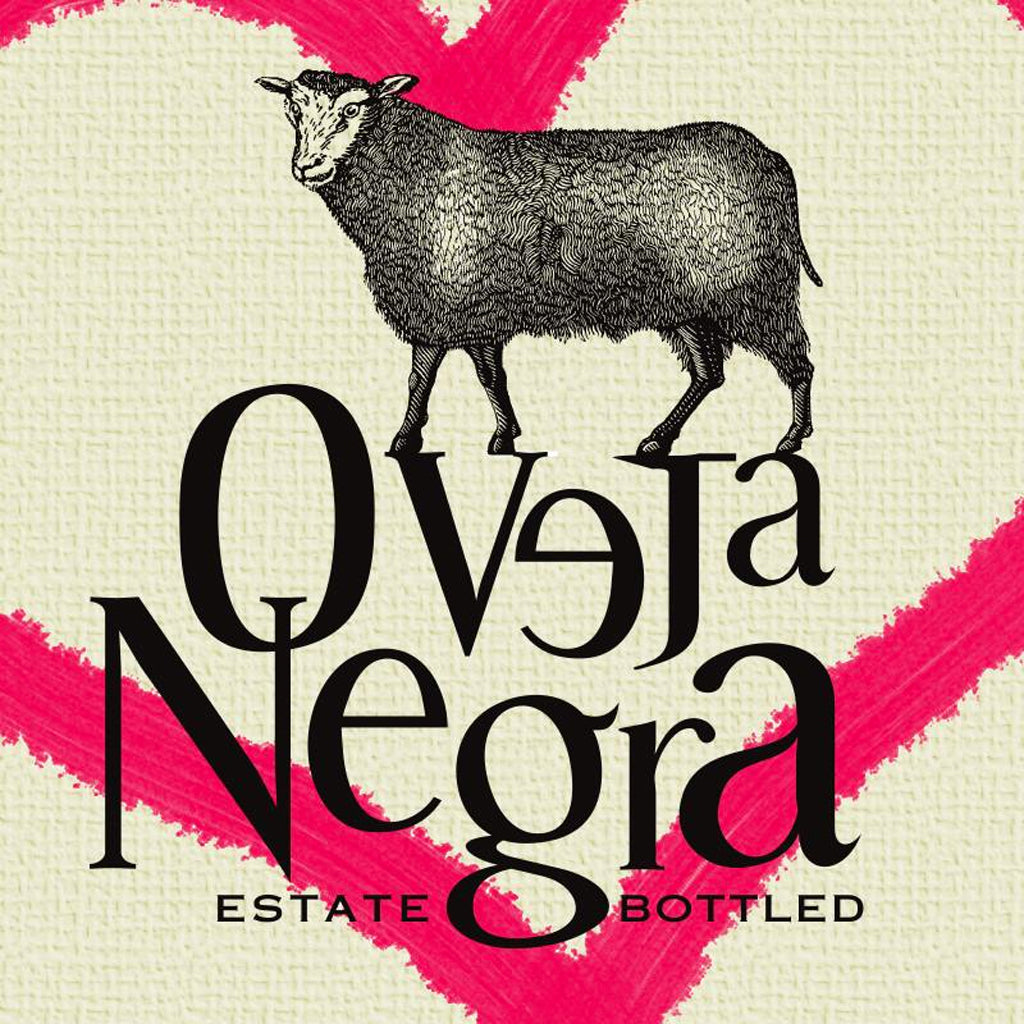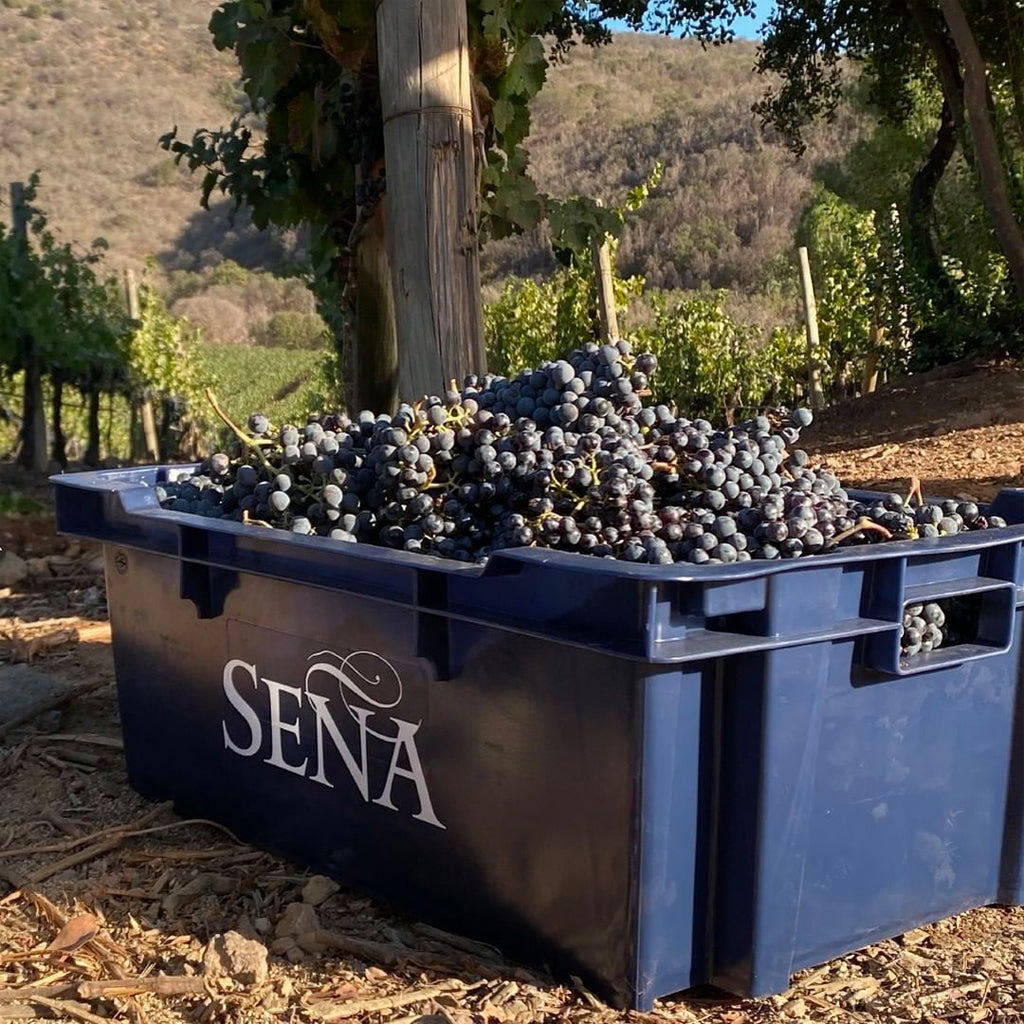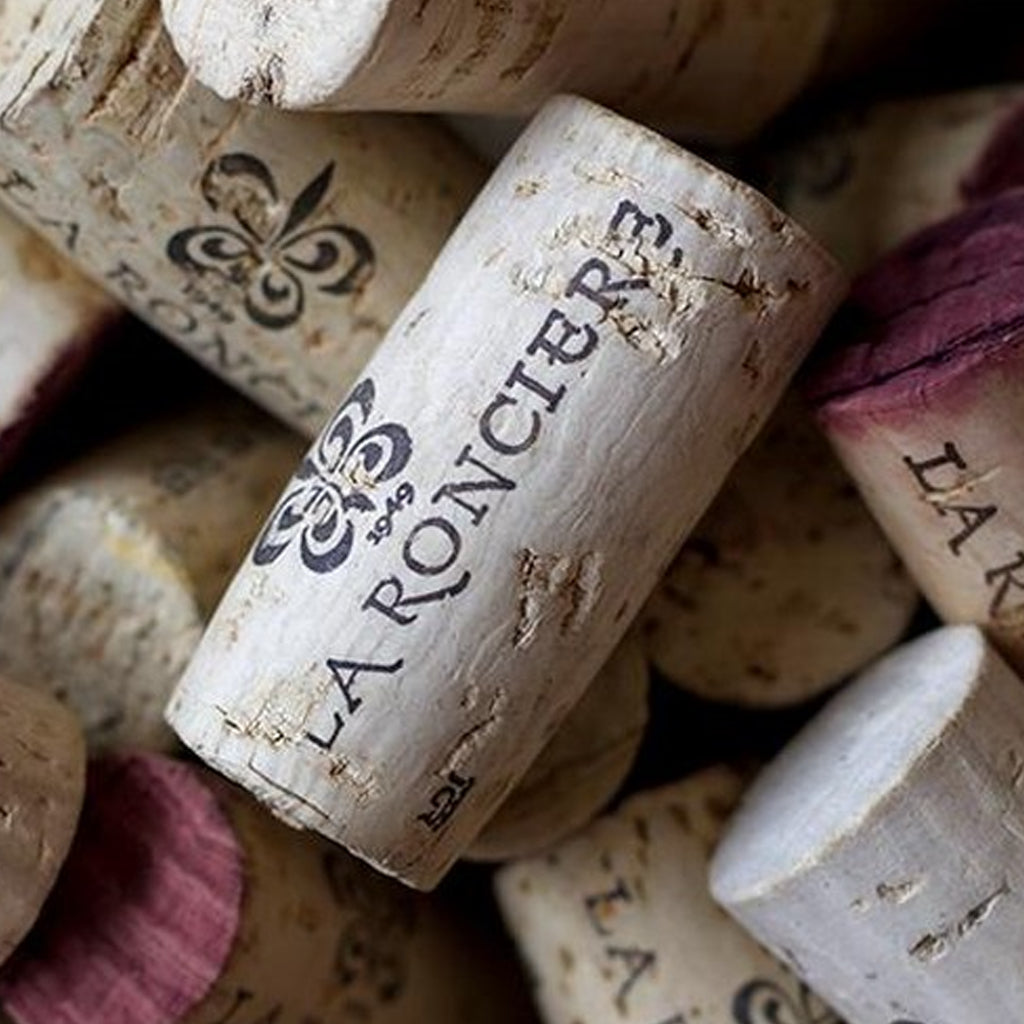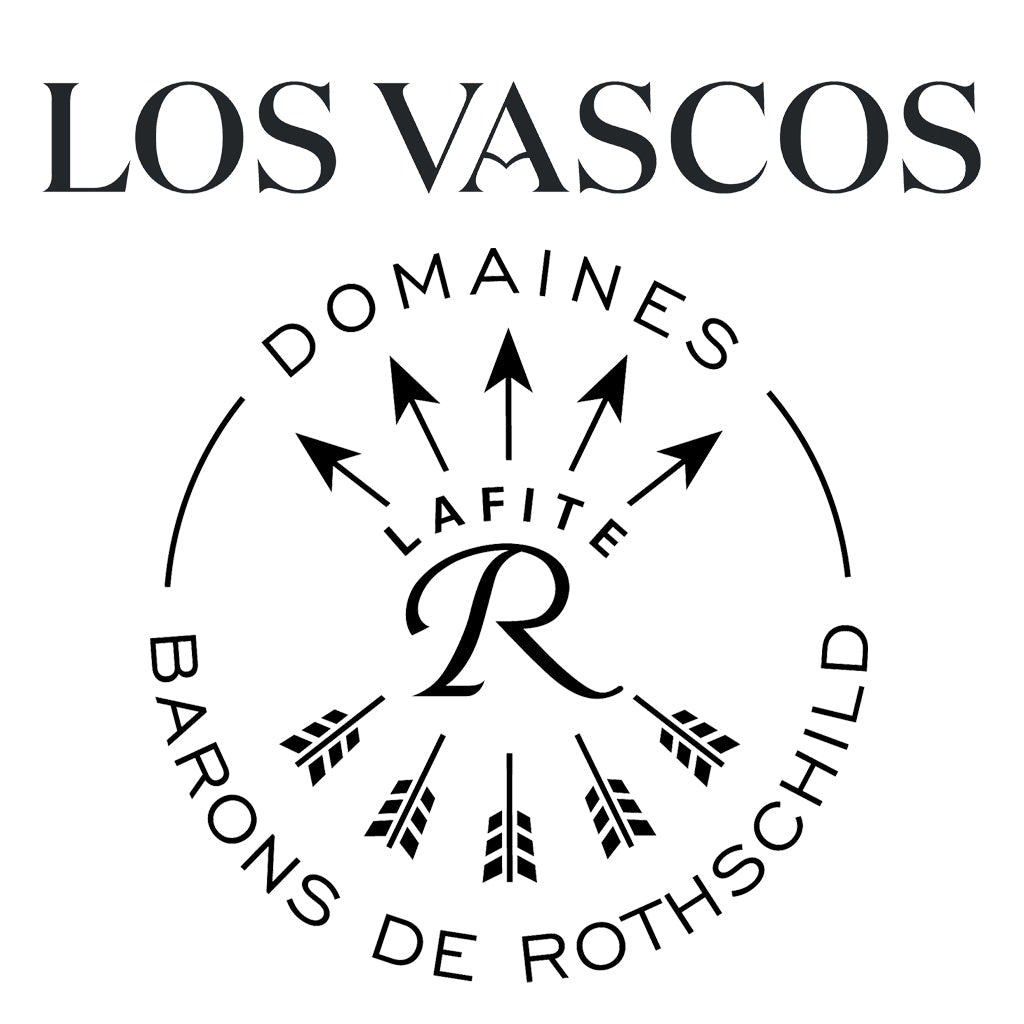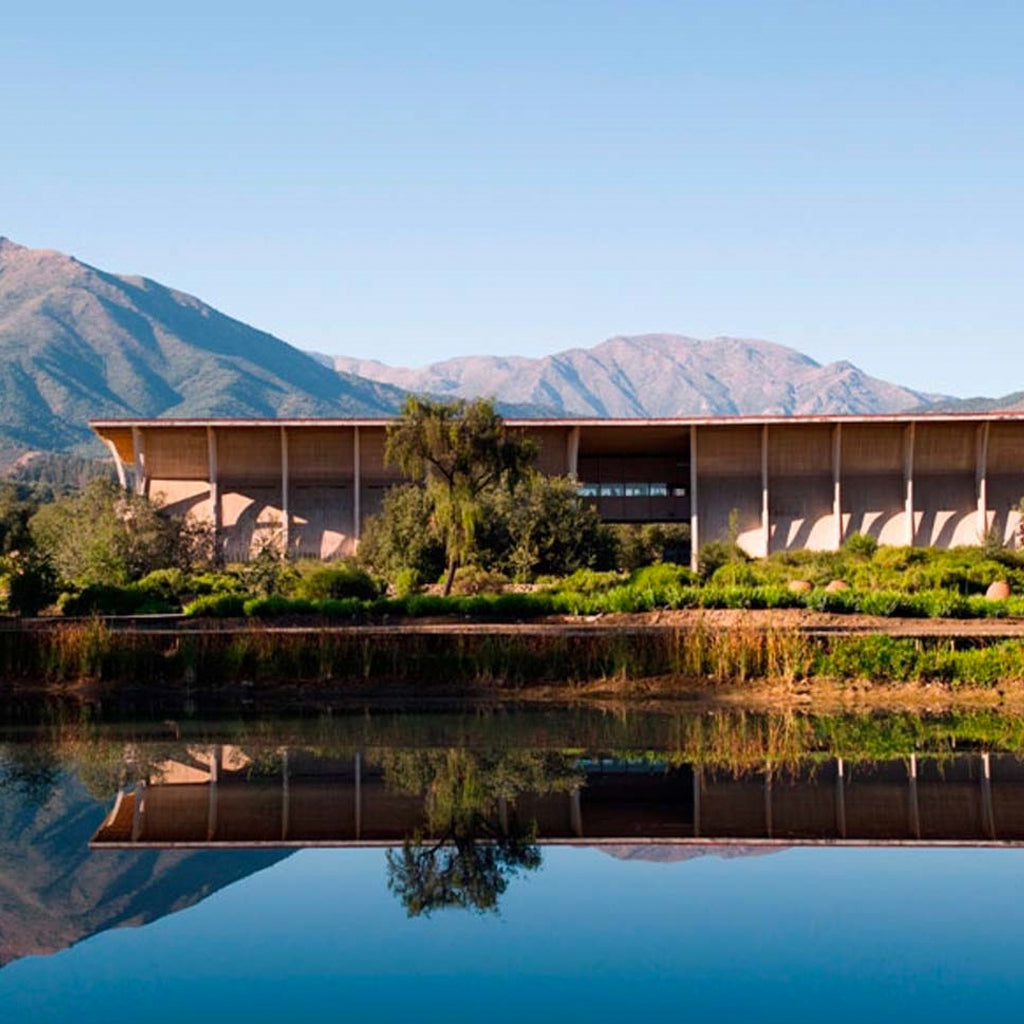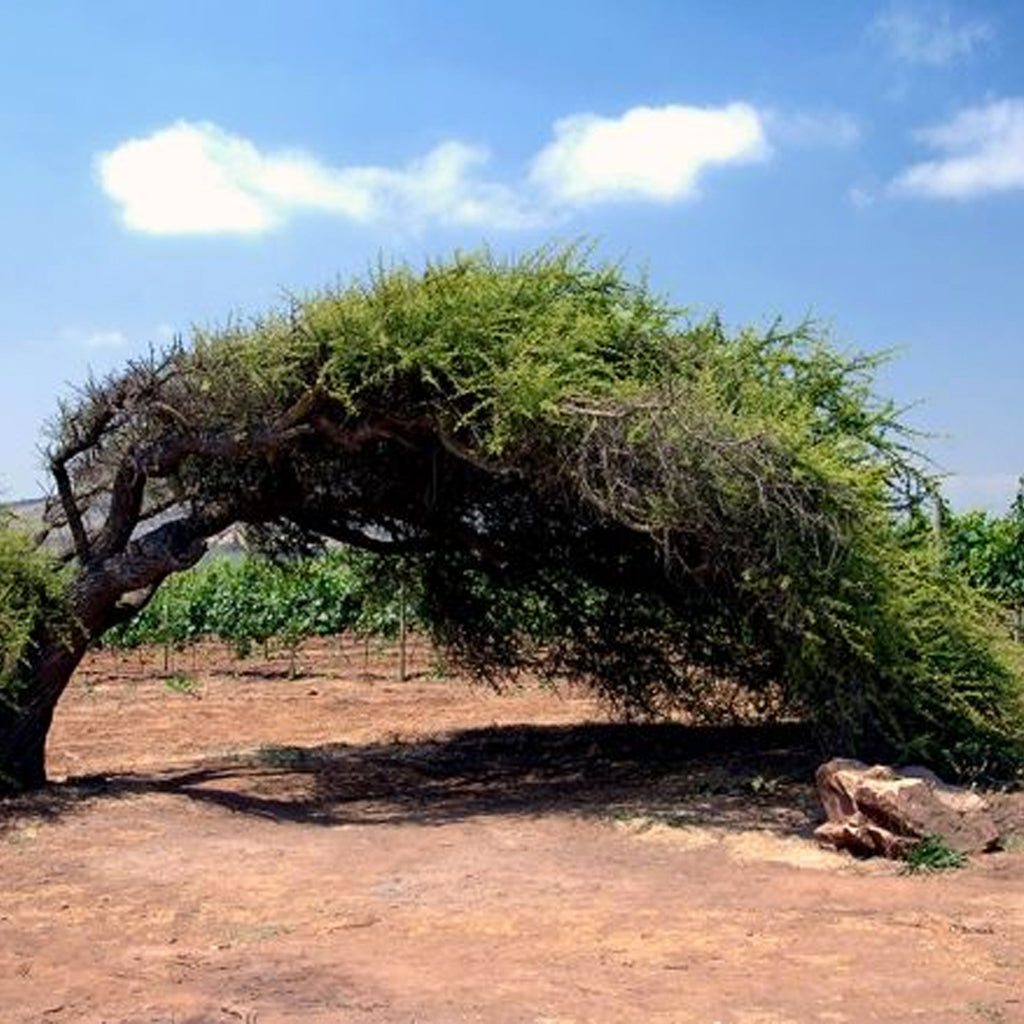CHILE

At more than 2,500 miles long and an average of just 110 miles wide, Chile has an enviable geographic and climatic diversity perfect for interesting and varied grape-growing. Bordered by the Atacama Dessert to the north, the Andes Mountains to the east, the Patagonian ice fields to the south and the Pacific Ocean to the west Chile is a veritable agricultural island. Famously phylloxera free for its entire wine-producing history, Chile’s dry summers invariably yield exceptionally healthy grapes, and the best of the country’s forward-looking winemakers are turning these into higher quality and better value-for-money wines.
Chile has five principle wine-producing regions: Atacama; Aconcagua; Coquimbo; Central Valley and Southern Chile with each having their own unique sub-regions. Traditionally, most of Chile’s wine production has come from the Central Valley region, which includes the famous Maipo region. It is here where Chile's most important red grape variety, Cabernet Sauvignon, produces some of the country’s finest elegant and concentrated wines and some very good Bordeaux blends. In addition to the popular Cabernet and Merlot grape varieties Chile is now beginning to gain a reputation for juicy but elegant Pinot Noirs and rich, stylish Syrahs.
Chardonnay is the most popular white grape variety, and performs particularly well in the cooler regions of the Casablanca and San Antonio valleys. The “genuine” Sauvignon Blanc grape is now finally starting to show its true potential after a replanting programme replaced its lower-quality Sauvignonasse imitator. The best expressions offer styles somewhere between the grassy herbaceous Sancerres of the Loire and the piercing, tropical fruit intensity of New Zealand Sauvignon Blanc. Additional white varietals that are worth seeking out include Riesling, Gewürztraminer and Viognier.
A unique point of difference open to Chilean wine producers is the capacity to exploit the red grape variety Carménère. Originally, a Bordeaux variety (where it has virtually died out now), Carménère was discovered in Chile masquerading as Merlot. A pure, ungrafted variety of impeccable breeding, Carménère has the potential to fly the flag for Chilean wines and remain unchallenged (as yet!) by major plantings anywhere else in the world.
Since 1995 the wine-producing regions of Chile have been officially defined with a Denomination de Origen to help identify the difference in wines produced in different parts of Chile’s variable geography. This has been redefined in recent years to include geographical east/west labelling: Costa (Coastal); Entre Cordilleras (Between Mountains) and Andes. These winemaking laws dictate that varietal labelled wines must contain 85% of the grape variety listed on the label as well as at least 85% from the stated vintage year and from the region of origin. Minimum alcohol levels must be 11.5% abv. or 12% for Reserva or Reserva Especial level wines. Gran Reserva or Reserva Privada must be a minimum of 12.5% abv. in addition to been aged in oak.
Our Producers
Explore Wines
From£13.50
From£16.75
From£50.00
From£27.00
£160.00
From£27.00
From£135.00
From£30.00
From£16.00
From£53.00
From£18.75
From£19.00
From£15.50
From£15.50
From£22.00
From£14.00
From£45.00
From£50.00
From£13.50
£320.00
- ←
- →


